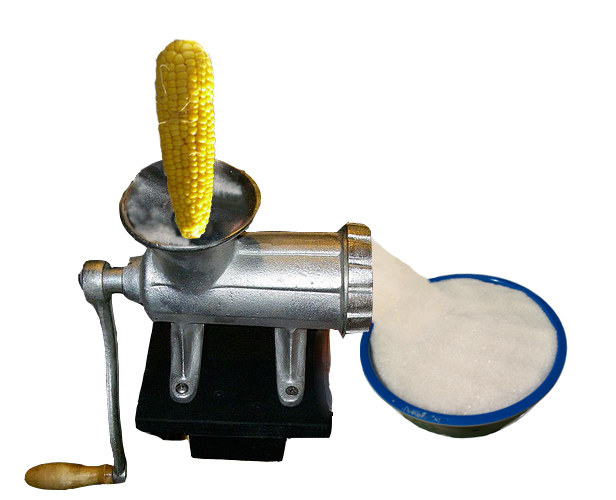If e-waste disposal had a late-night infomercial, it might go something like this:
Congratulations! You bought an iPhone 6S! Now you can spend hours Instagraming and making Siri talk dirty to you. BUT WAIT … what should you do with that ugly, decrepit, heavy, chipped, old flip phone of yours?
Throwing it in the trash can cause toxic chemicals to leach out into landfills and groundwater. And putting it in a drawer with all your other outdated gadgets takes up so. much. space! Worst of all, your phone and all the private data in it could fall into the wrong hands. There’s GOT to be a better way!
Now, there is: e-Stewards-approved E-WASTE RECYCLING! No child or prison labor, no toxic fumes released into the air of third-world countries, and no incomplete data wipes — guaran-TEED! Operators are standing by!
E-waste recycling companies are popping up and expanding across the country in large part because a growing number of states are passing laws requiring proper e-waste disposal. Twenty-five states now have regulations on the books, including New York, California, Washington, and Texas. But simmer down, Ron Paul — the recycling mafia won’t be digging through your trash. Most of the laws require manufacturers to properly dispose of a certain percentage of the waste they helped create, hence producing a healthy e-waste recycling market. (In New York, for instance, electronic manufacturers must take back one product for every product sold [PDF].)
While keeping electronics out of the landfill is obviously a worthy goal, there’s no federal standard for e-recycling, and state laws have different definitions for what proper electronics disposal means. And once the pieces have been shredded and sorted, their path gets even murkier. Toxic waste often ends up in countries unable to properly dispose of it (also: it’s toxic waste!) and there’s no guarantee recyclers won’t just strip out the materials with high resale value and send the less-desirable parts to a landfill or incinerator. (Precious metals like gold and platinum make up less than 1 percent of the average electronic gadget.)
Luckily, independent certifiers are cropping up, too. Recyclers who want to show off their environmental bona fides have to undergo annual on-site audits to receive an “e-Stewards” designation — considered top honors for e-waste recyclers. But much like organic certification, e-Stewards certification is paid for by the recycling company itself, and leads to the same thorny concerns about authenticity.
So even with pro certifiers on the case, I couldn’t help but wonder what recycling a once beloved, ancient iMac actually looked like. Is the process effective at keeping waste out of landfills, or just a way to appease concerned consumers? Was e-waste recycling as easy as it seemed — like, “set it and forget it,” Ronco Rotisserie easy?
To find out, I visited a nonprofit in greater New York that collects broken TVs, outdated phones, old computers, and gobs of batteries for recycling. And later, following the recycling trail, I went to the e-Stewards-certified recycling center WeRecycle! for an educational adventure in shredding.
WeRecycle! sells the shredded parts to processors that are equipped to handle different materials. Once the processors melt the materials into a manufacturable form, the results mostly go overseas for reuse in the manufacturing process.
When computers go to that big office complex in the sky, only about 10 percent of them are ever recycled responsibly. Go on a visual tour of what happens to the lucky few in the e-waste recycling afterlife.
Find out more about e-waste recycling in your state.




